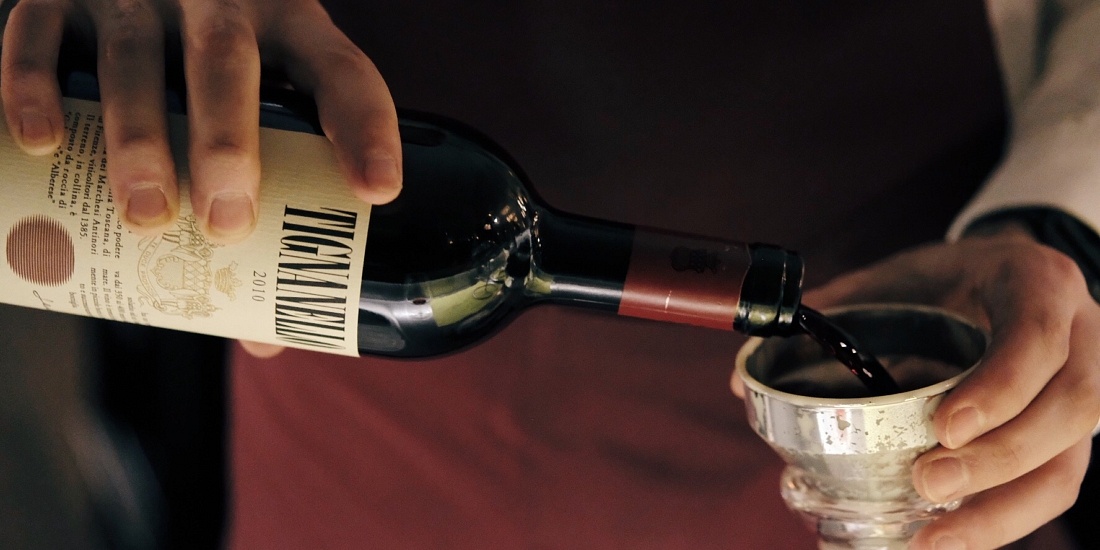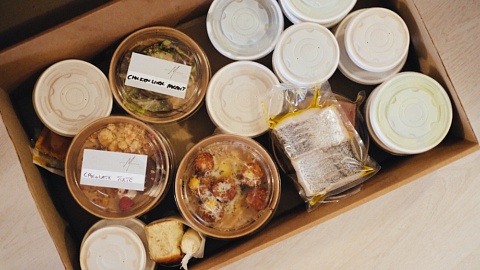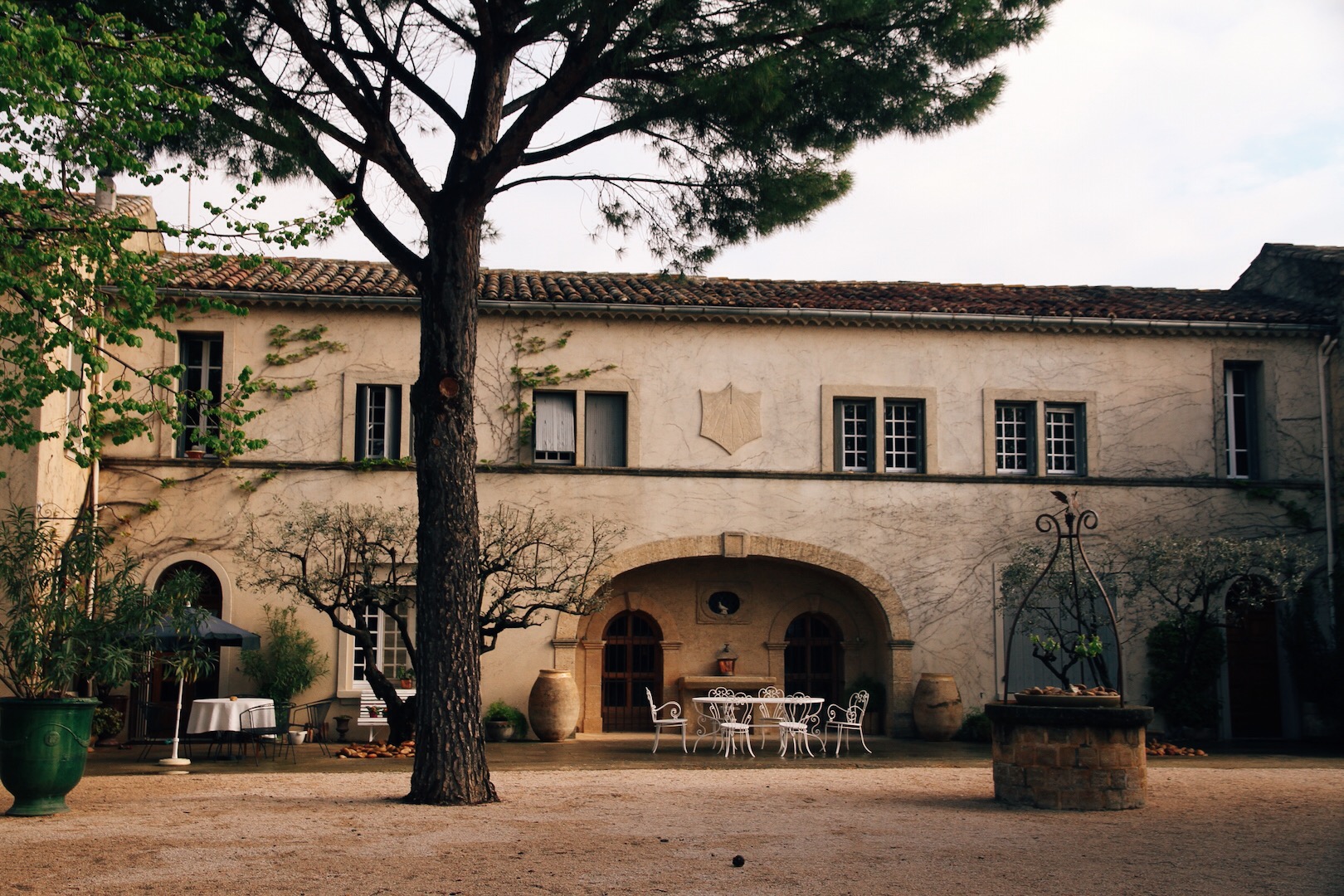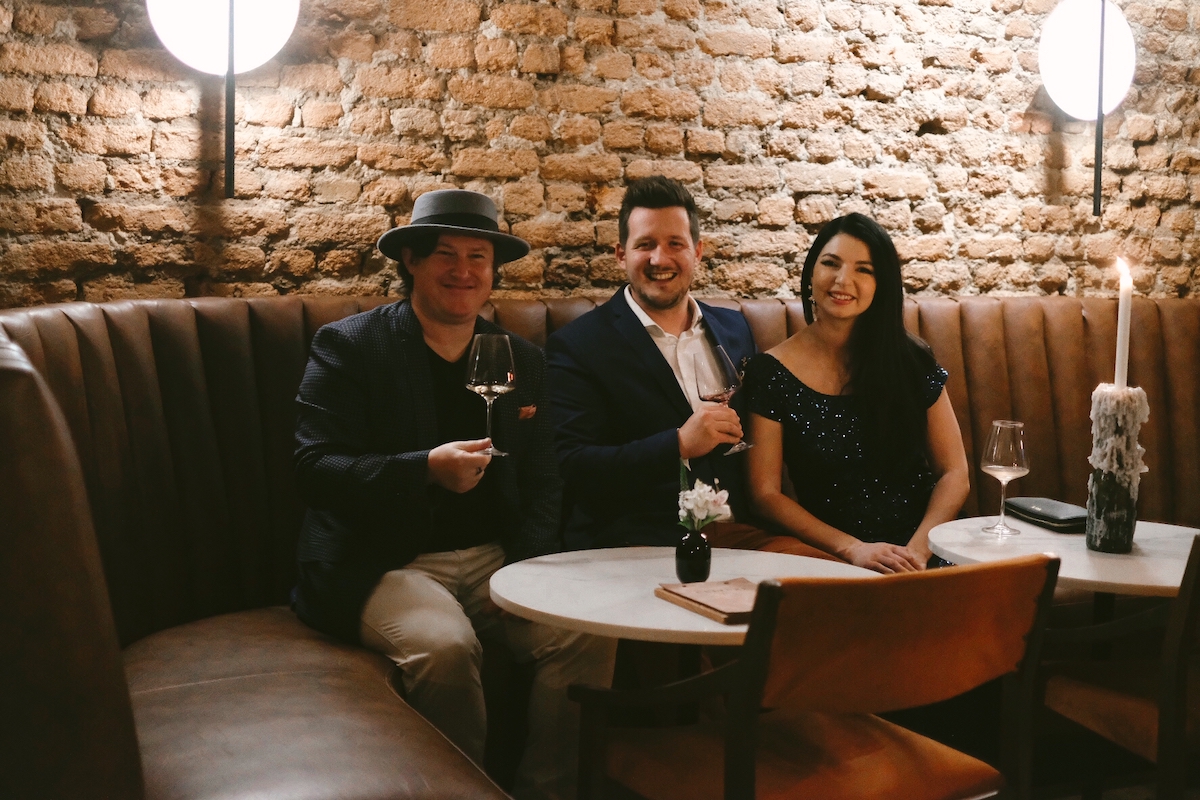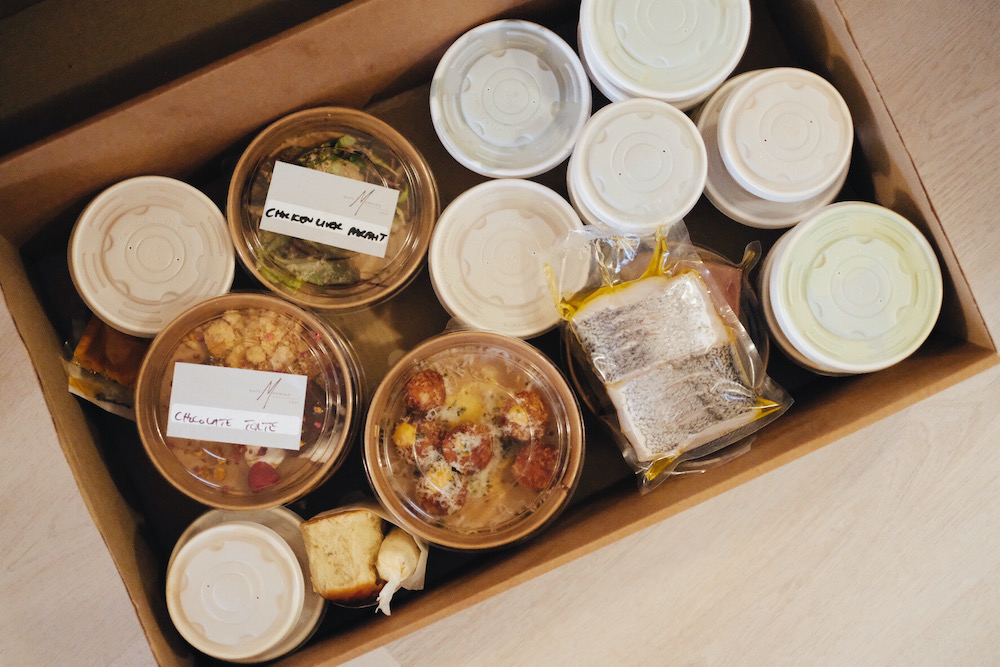Sometimes, things can get a little despondent within the wine industry.
Besides the ongoing drought of the past three years causing an untimely threat to grape growers, one of the biggest concerns facing the sector today is the unsustainable pricing of South African wine on both a local and international scale.
A Legacy of Bad Decisions
Allow me to provide a semblance of a nutshell for the reason behind this historical legacy of bad decision making within the Winelands:
In sum, winemakers focused on sales, not brands. When the export floodgates opened post-Apartheid, South African winemakers enjoyed a welcome influx of wine orders and quickly increased their volumes by planting more vineyards. However, as many pursued volume, quality often took a backseat, and by the time the recession hit in 2008, the international market had steadily lost their palate for South African wine, viewing it as bulk-produced plonk.
Of course, locally we know this not to be the case, with winemaking warriors producing award-winning, high-quality wines year on year. Unfortunately, South Africa is still battling this misperception of value-for-money-only-wine abroad. In his 2018 South African Report, Tim Atkin wrote that the price of Cape wines is still too low for the long-term good of the industry. “Growers and producers have to be able to make a living,” wrote the Master of Wine.
His foreboding message was echoed by Vinpro Managing Director Rico Basson, who stated that more than a third of wine producers are operating at a loss at the moment, with producer numbers shrinking due to wines being sold at unsustainable price points. With an average 2% return on investment for their wine production, it’s a tragic reality that more and more wineries are needing to throw in the towel to move onto more profitable farming practices.
So yes, there’s a real reason for concern. But even from within the stormiest cloud shines a silver lining of fervent hope. And when it comes to Stellenbosch, the Stellenbosch Cabernet Collective could be just the ticket.
You Don’t Build A Regional Brand With Individual Wineries
“It’s more so a situation where South Africa, in general; Stellenbosch, in specific, alone does not have the reputation we deserve internationally,” opens Christo le Riche, the frontman of the newly formed Stellenbosch Cabernet Collective.
Outside of the Stellenbosch Cabernet Collective (dubbed the SCC on their website), Christo is best known for being the director and winemaker of Le Riche Wines, following in his father Etienne’s talented footsteps. But since 2013 and outside office hours, Christo has worked closely with his father Etienne le Riche, Piet Beyers (Non-Executive Director of Distell), Johan Malan (Director of Winemaking, Simonsig) as well as Jean Engelbrecht (Owner of Rust en Vrede) and Johan Krige (Owner of Kanonkop) to give rise to the Stellenbosch Cabernet Collective.
Named after exactly what it is, the SCC is an inclusive collection of producers that want to promote Stellenbosch Cabernet. The organisation’s goal is to brand the region of Stellenbosch as the spearhead of Cabernet Sauvignon – in much the same way Burgundy has successfully done for Pinot Noir and Chardonnay or even, more broadly, New Zealand for Sauvignon Blanc.
“Since Apartheid ended, the industry has boomed. Everybody is running in a direction, but there is no convective direction. You don’t build a regional brand with individual wineries. It’s a collective effort that does it. I think the Swartland Revolution, and the way the Swartland went about it, proved within South Africa the strength of collective marketing,” divulges Christo.
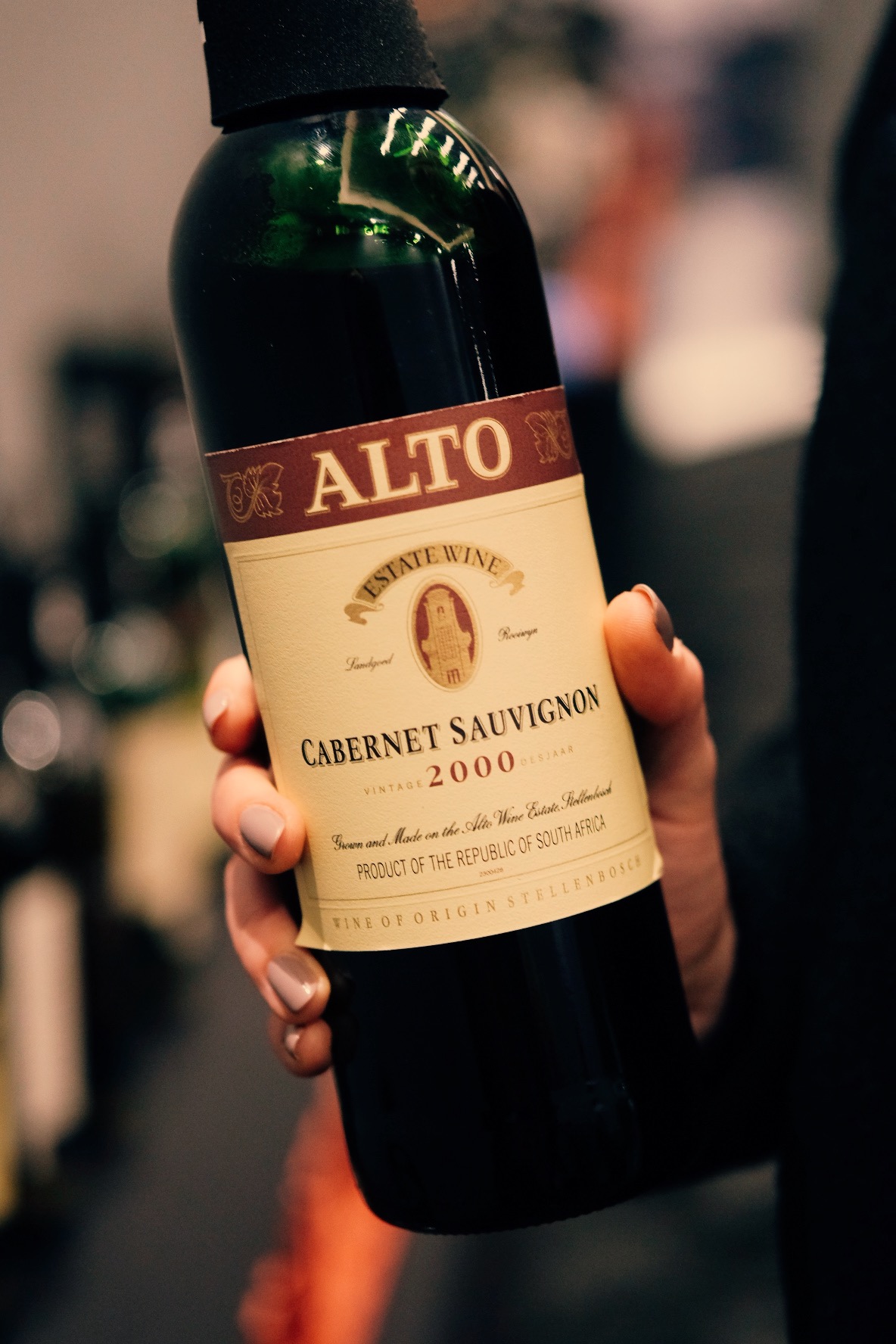
But Why Cabernet?
While the SCC might have been inspired by the Swartland Revolution, the difference is that the Swartland pushed a region, while the SCC is punting one specific variety within a region: Cabernet Sauvignon.
Some may find this a bit bold, as there are of course regions outside Stellenbosch that produce fantastic Cabernet Sauvignon too. Think Franschhoek, Constantia or Robertson. In truth, if you want to claim ownership of the titles ‘Stellenbosch’ and ‘Cabernet, you’re going to have to be able to back it up. Here, Christo is comfortable to explain the SCC’s rationale:
“Stellenbosch has the largest plantings of Cabernet Sauvignon and it has the largest volume of red wine production in the country. If you think about any wine competition, 9/10 of the top Cabernets will come from Stellenbosch. So, it makes sense to tell the story of Cabernet from a Stellenbosch context. Of course, this doesn’t mean that they aren’t great Cabs coming out of other areas, but these tend to be the outliers. Cabernet Sauvignon is the variety that has performed well over the last 80 years within Stellenbosch, and the vast majority of our blends are Cabernet Sauvignon-based blends. All this said you won’t find us saying that Cabernet is the only variety in Stellenbosch. It’s just the one variety that we do very well in volume,” he explains.
Certainly, in terroir terminology, Stellenbosch suits the bold and mighty variety in spades. Thanks to the proximity of the ocean and the impact of the sea breeze, the Maritime climate is ideal for slowing down the ripening of the king of the grapes. In addition, the well-drained, loamy soil in the lower-lying regions complemented by the richer, redder soils along the mountainous slopes do all lead to a perfect storm for forming a strong soil and climate base for Cabernet Sauvignon.
A New Era for Stellenbosch
In truth, while the sparks of the Stellenbosch Cabernet Collective may have been lit back in 2013, the organisation only really got going properly as late as last year. Once the idea was on the table, it took a while for the real momentum to roll. After a SCC tasting at Cape Wine in 2015, 2017 saw Christo being given the go-ahead as the “young blood” of the team to “go do something”.
That “something” turned out to be a partnership with Stellenbosch Wine Routes. In the initial meetings with Stellenbosch Wine Routes, Mike Ratcliffe also started joining, as well as Carina Gouws from Distell. Following a brainstorming and workshop session that saw about 40 producers in attendance, a working committee was selected that included Christo, Katherine Harris from Delaire Graff Estate, Alastair Rimmer from Kleine Zalze and Deidre Taylor from Kanonkop. A non-executive committee was also selected, which included Mike Ratcliffe, Kevin Arnold, Johan Malan, Kobus Basson (who was at that stage the head of Stellenbosch Wine Routes), Carina Gouws and Piet Beyers.
By February 2018, the first invites and basic plans and structures were out. Stellenbosch producers were very supportive, and there were 30 producers who joined.
“The work we are doing is ultimately to the advantage of every Cabernet Sauvignon producer within Stellenbosch, whether they are a member of the Stellenbosch Cabernet Collective or not. We are marketing Stellenbosch Cabernet, and yes, while we are only showcasing our member’s wines, at no stage are we ever going to exclude anyone who is not a member. That’s why our main driver is Stellenbosch Cabernet, with our goal for the entire region to be lifted” adds Christo.
Interestingly, after the SCC got going, it seemed to jump-start a wave of change within Stellenbosch Wine Routes. In 2018, there was an entire restructuring at Stellenbosch Wine Routes, with Mike Ratcliffe coming in as Chairman.
The revised Stellenbosch Wine Route body has already made notable PR and marketing changes, with the popular Stellenbosch Wine Festival being held at the V&A Waterfront this year for the first time, outside of the regular Winelands venue.
Meanwhile, the Stellenbosch Cabernet Collective sets their marketing efforts mostly on the international market, in an effort to go where the client is.
The Measure of Success
Ultimately, while the intention of the Stellenbosch Cabernet Collective is commendable, the threatening reality of the wine industry’s diminishing vineyards and brands is constantly front of mind. How will the SCC measure their success?
Christo ends: “Our only real measures of success are to monitor whether our volumes and price points of Cabernet Sauvignon have increased. After all, that is the bottom line that every producer wants. We also want to see the price point of Cabernet Sauvignon grapes in Stellenbosch significantly rising.”
While it is too soon to measure these kinds of results, one thing is clear: While others may leave their story open to interpretation, Stellenbosch is taking ownership of their regional marketing, in the steadfast belief that the whole is greater than the sum of its parts.




